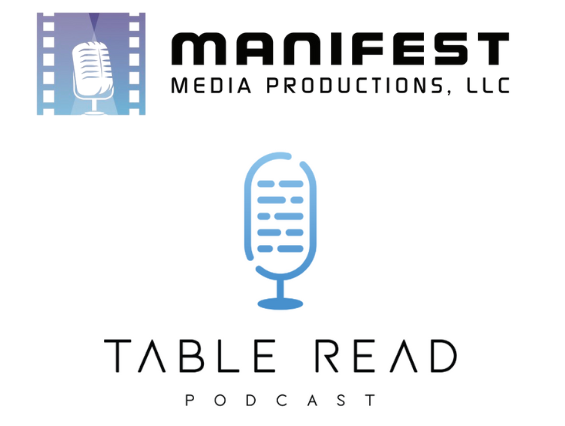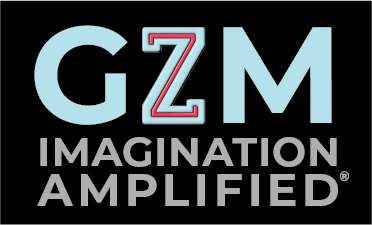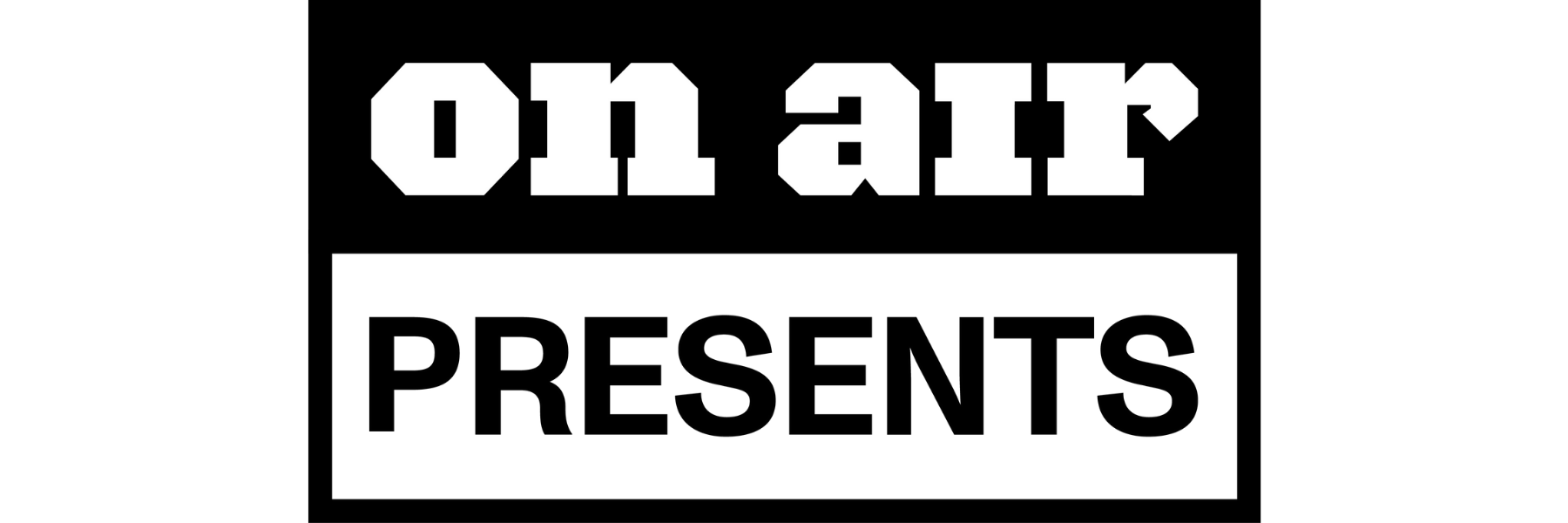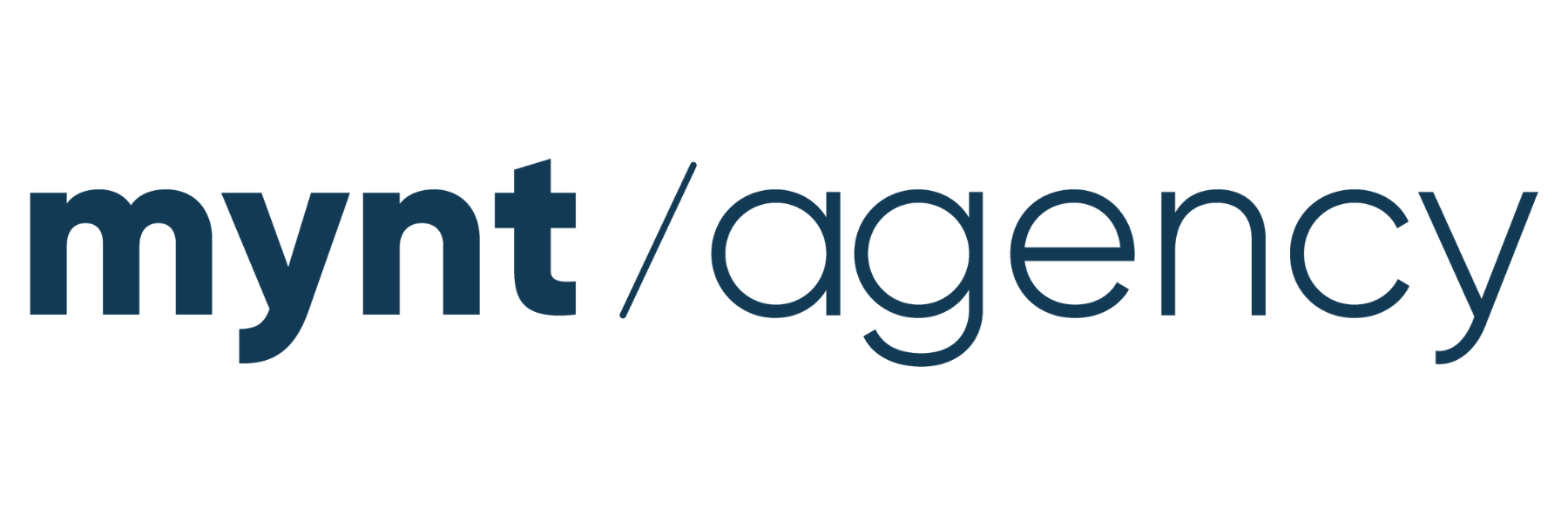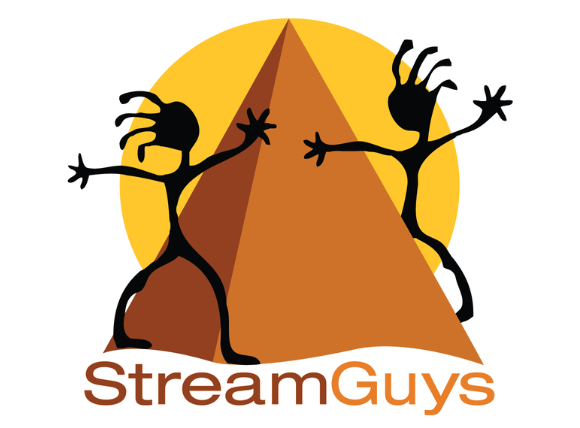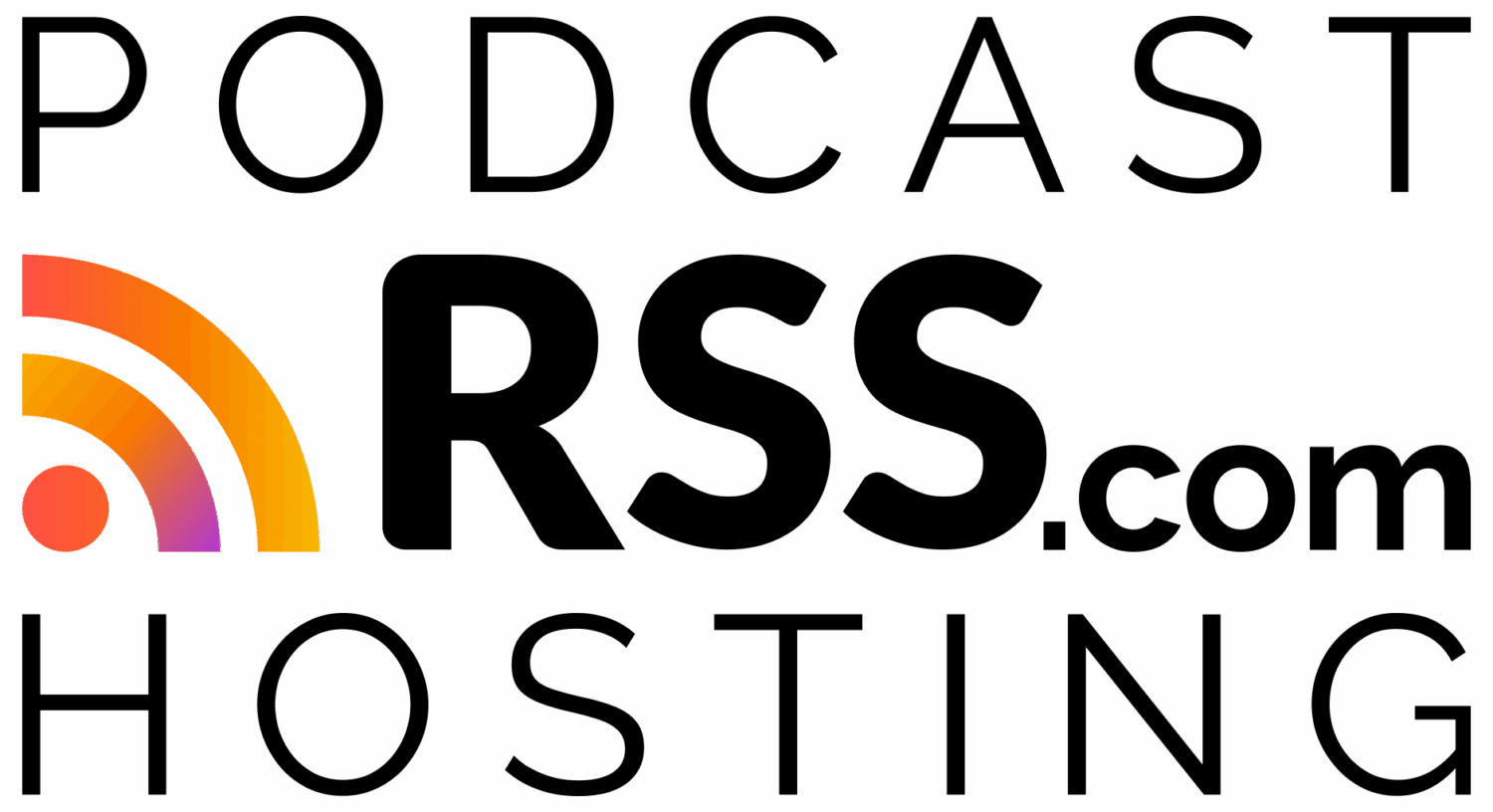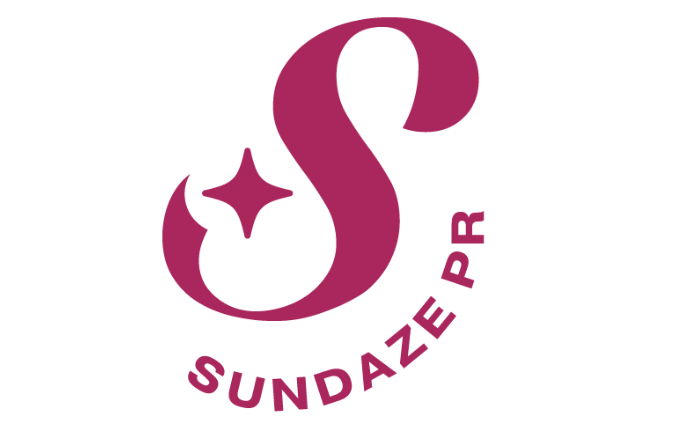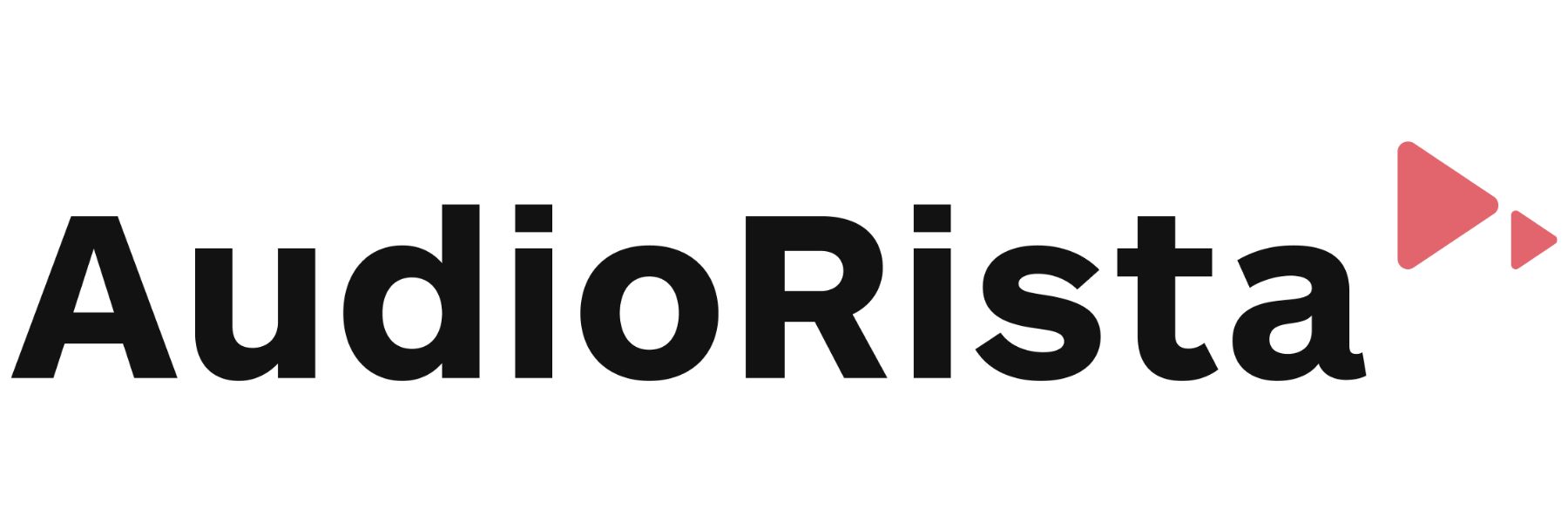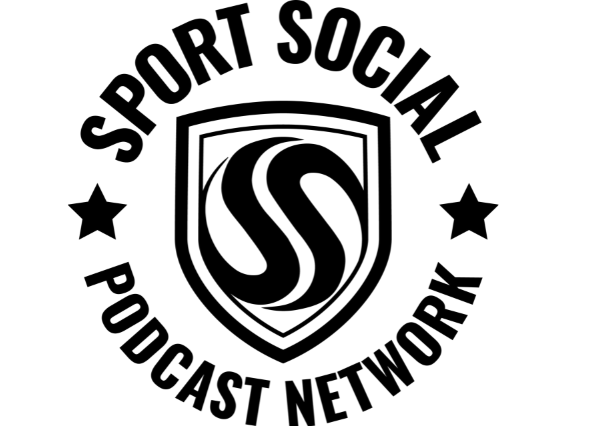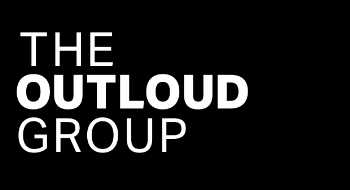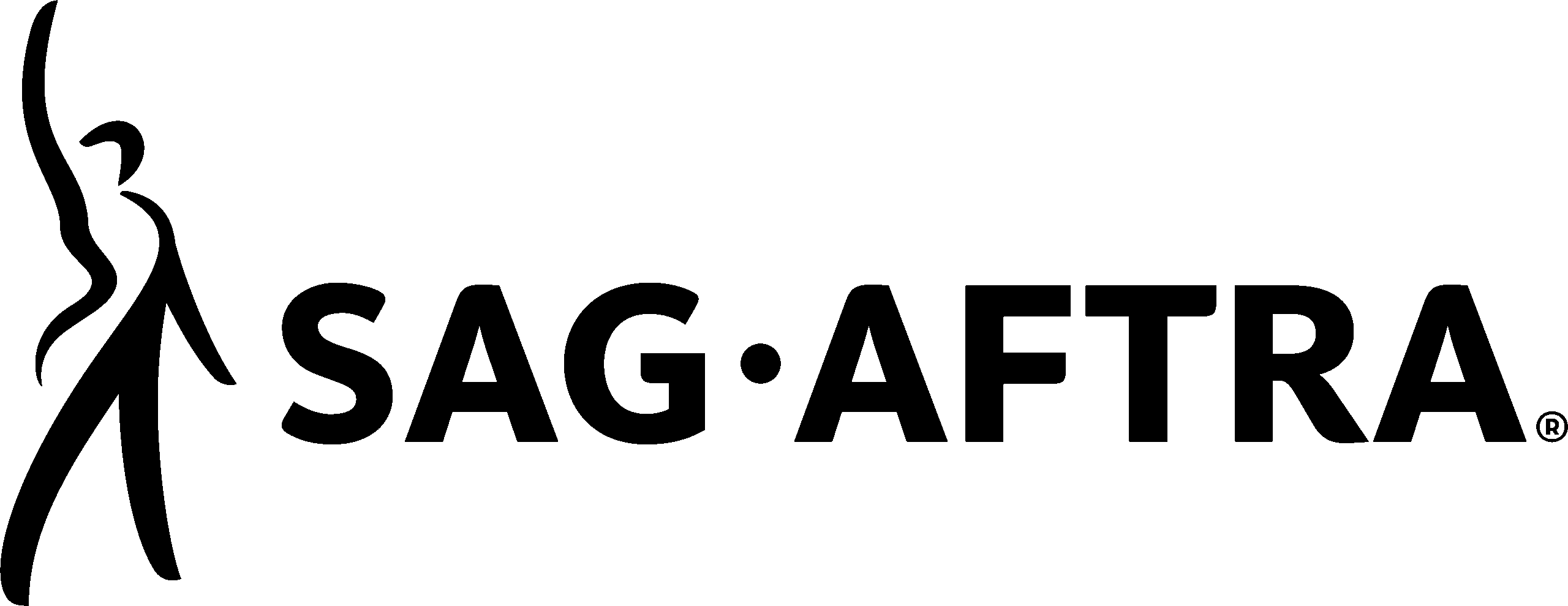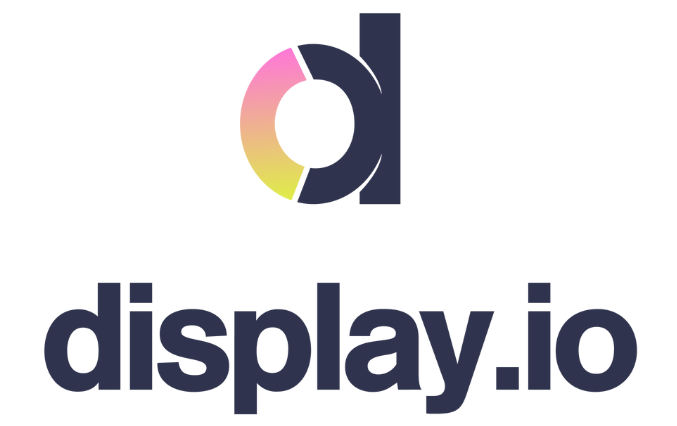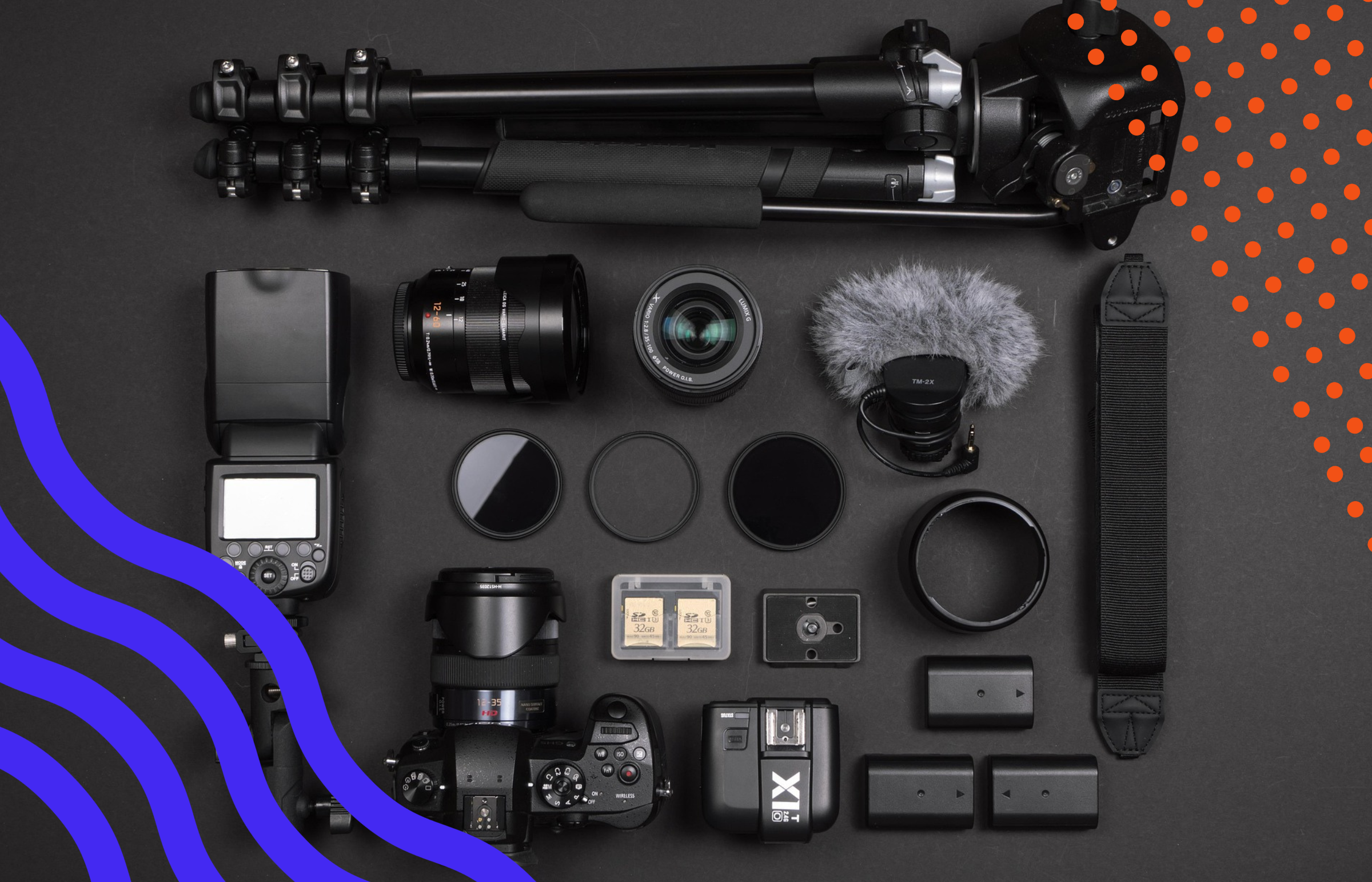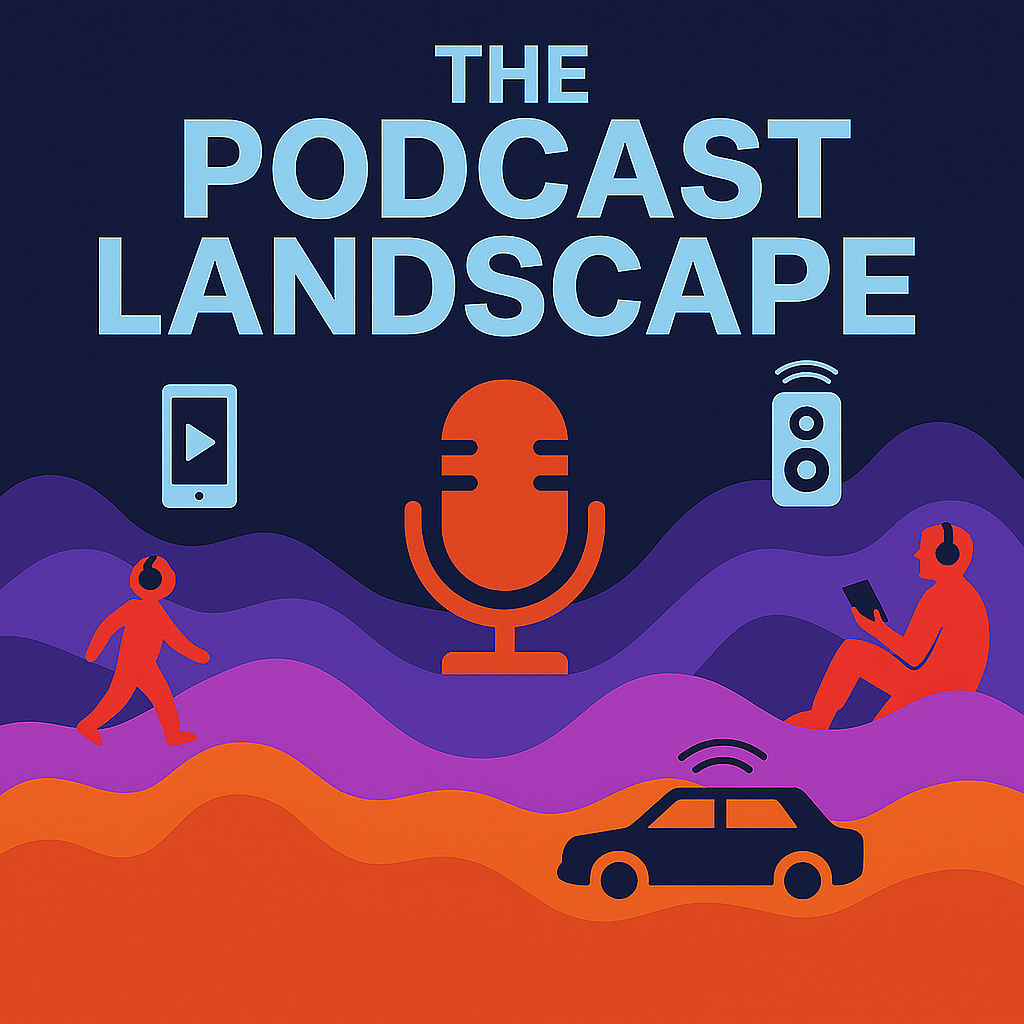This Week in the Business of Podcasting
This week marked a massive occasion here in the midwest: the first time the heater’s had to kick on since Spring. Before I get too busy digging out my best flannel button-downs and quilts made from old t-shirts, let’s take a look at this week’s autumnal harvest of podcast news.

Transparency. Performance. Automation.
A Look at Video and Audio-Focused Podcast Audiences
This Wednesday from Tom Webster at Sounds Profitable: The first of a two-part article series about both audiences who primarily listen to audio podcasts, and audiences who primarily watch video podcasts. The Podcast Landscape 2024, built from a survey of 5,000 Americans, found 47% of respondents estimated the percentage of podcasts they consume as video is 0 to 24. On the opposite end, 14% consume podcasts via video 75 to 100% of the time. Webster dubs these two extremes of the spectrum “audio prime” and “video prime” and breaks down their respective demographic data to compare and contrast, including age, gender, and years spent listening to podcasts. A quote from the article:
“…Audio Primes are much more likely to have been with podcasting for three years or more, and just 7% have discovered podcasts in the last six months. This makes total sense to me. Even though there has been a flood of new video podcast content over the last few years, podcast OG’s largely had audio available to them, until YouTube became such an important player in the space.”
Webster advises that these demographics can easily be subject to change, as listener and viewer priorities and media habits often fluctuate depending on their lifestyle. They also aren’t completely separate; in many cases, a consumer’s choice simply comes down to which method of delivery is directly in front of them at the time.
Untapped Opportunities for Advertisers in Kids and Family Podcasts
This Tuesday, Pinna, the Kids & Family division of Realm, partnered with kids podcast Story Pirates to conduct a survey looking into opportunities for brands looking to reach high-earning families via advertising on Kids & Family podcasts. The survey, conducted over this summer, surveyed over 700 fans of podcasts from Pinna, Story Pirates, Rebel Girls, the GoKidGo network, and other similar properties.
Of these fans, the primary spot for listening was reportedly on car rides, creating a “distraction free” co-listening space for kids and parents alike. 82% of kids listen to podcasts with their parents no matter the location, and 56% of respondents identified as listening to podcasts for over three years. A large proportion of these listeners reported a household income (HHI) of $100,000+, making Kids and Family listeners an affluent demographic that could be of particular interest to advertisers.
According to the study, “…families primarily discover podcasts by listening to other podcasts (52%) and through platform homepages (45%), with recommendations from friends or family (42%) also playing a significant role.” This confirms a strong interest in screen time-free options for kids entertainment, with Kids and Family podcasts taking the lead in filling that niche.
Podcasters’ Message To Ad Buyers: We’re An Industry That’s Growing Up
Last week during panels at Advertising Week New York, podcasting industry experts told buyers of the industry’s evolution and maturation in recent years. Speakers like SoundStack CRO Rockie Thomas and National Public Media senior VP of Corporate Sponsorship Scott Davis charted the early adtech teething troubles, as well as current capabilities (such as dynamic ad insertion reaching audience verticals in a way baked-in couldn’t). A quote from Davis in the article:
“The next stage of that is the audience verticals, and being able to create different slices of the audience where we can serve ads to truly help an advertiser drill down on what broad audience they really want to reach. That’s been a total game change and has made it a modern world of advertising. It’s changed everything for us — it also makes it more accessible to a lot of buyers.”
From branching out into video delivery, to the large deals influencers are closing seemingly every week, advertisers that shied away from podcasting in its infancy due to aforementioned teething troubles might not recognize podcast’s current advertising capabilities.
Rock Band Releases New Single Via Podcast
This week British rock band The Struts released their new single Can’t Stop Talking via their official podcast The Struts Life, produced by Pantheon Media. According to Podnews reporting, this is the first instance of a band signed to a major record label debuting a song via podcast.
Music and podcasting have a strained relationship, as there is no formal framework for most podcasts to access licensed music, yet there clearly is an audience. A quote from Tom Webster’s article on the subject back in March:
“The potential for music in podcasting is immense. Imagine podcasts that dissect classic albums track by track, that tell the stories behind iconic songs, or that explore the intricacies of musical genres from around the world. These aren’t just hypotheticals; there’s a real, pent-up demand for this content. Sounds Profitable has conducted research that shows music is significantly more popular among video podcast viewers than it is in the broader podcast listening audience. This discrepancy isn’t due to a lack of interest but to a lack of supply, constrained by the current licensing framework.”
Webster points to the ongoing success of similar content on YouTube, where music fandom, criticism, and sharing thrives with millions of views. An ecosystem that all but does not exist in podcasting. Solving for this will be no small feat, with both podcasting and the music industry needing to work together on a solution for licensing music for use in podcasts. Webster argues the tech to do so exists, the audience demand is undeniable, the ingredients to bring it together exists. All that’s needed is a willingness for collaboration and an open mind about rethinking traditional models. To quote Webster again:
“In many ways, love for music is what brings us all together—creators, industries, and audiences. It’s the universal language that transcends barriers and unites us. By solving the issue of music in podcasting, we’re not just opening up new avenues for content and monetization; we’re affirming our shared commitment to the power of music to bring us all closer. Let’s make it happen.”
Quick Hits
While they may not be top story material, the articles below from this week are definitely worth your time:
- AI in podcasting: Lessons from the ABC’s episode title optimisation pilot By Andrew Davies and Craig McCosker The Australian Broadcasting Corporation ran an experiment to see if generative AI could help solve podcast discoverability issues by generating episode headlines and show notes; here’s how that went.
- Triton Digital’s September Australian Podcast Ranker is out now
- How NFL and Webtoon cracked marketer’s most elusive target: Gen Z by Travis Clark A deep dive into how advertisers are looking to reach Gen Z consumers through fandom spaces.
- Spotify paying audiobook publishers hundreds of millions annually by Sara Fischer A look at Spotify’s audiobook addition that recently turned a year old.


















